Avoiding Common Hot Tub Wiring Mistakes:
Wiring a hot tub might sound simple, but it’s one of those home projects where mistakes can cost you big, both in dollars and safety risks.
Every year, electrical issues cause thousands of spa malfunctions and even fires, leaving homeowners frustrated and out of pocket. If you’re planning to install or upgrade your hot tub, knowing what wiring mistakes to avoid is crucial.
- The top wiring mistakes DIYers make (and why they happen)
- Costs and risks tied to bad wiring
- Simple tips to ensure your hot tub wiring is safe and code-compliant
Wiring a hot tub can seem daunting, but getting it right is crucial for safety and performance. Whether installing a new hot tub or checking an existing setup, understanding common wiring mistakes can save you a lot of trouble.
⚡ Hot Tub Wiring Guide
❌ Common Wiring Mistakes
- Miswiring connections
- Improper grounding
- Inadequate wire gauge
- Incorrect breaker size
- Skipping permits/inspections
🛡️ Essential Safety Measures
- GFCI protection mandatory
- Proper bonding & grounding
- Weatherproof equipment
- Regular maintenance checks
🔧 DIY Solutions
- Use proper tools
- Follow step-by-step guides
- Consult professionals
🔍 Troubleshooting
- Check loose connections
- Test GFCI outlets
- Inspect for water damage
📜 Compliance Checklist
- Follow local electrical codes
- Schedule professional inspections
- Keep all documentation
For professional installation and service, visit Hot Tub Patio
Common Hot Tub Wiring Mistakes
Even small mistakes can lead to big problems when wiring a hot tub. Understanding people’s common errors can help you avoid them and keep your hot Tub running smoothly. Here are the most frequent mistakes:
Overview of Common Mistakes
- Miswiring Connections
- Connecting the wrong wires can cause serious malfunctions or even fires. Always double-check connections according to the manufacturer’s instructions.
- Improper Grounding
- Grounding prevents electrical shock by providing a path for electricity to follow in case of a fault. You risk severe injury or damage to your hot tub without proper grounding.
- Inadequate Wire Gauge
- Using too thin wires for the current can cause overheating and fires. Ensure you use the correct gauge wire as specified by your hot tub manufacturer.
- Incorrect Breaker Size
- A too-small breaker will cause frequent tripping, while a too-large breaker can fail to protect the wiring. Match the breaker size to the hot tub’s electrical requirements.
- Skipping Permits and Inspections
- Electrical work often requires permits and inspections. Skipping these steps can lead to code violations and unsafe installations. Always follow local regulations.
Real-life Examples and Consequences
- Case Study of a Wiring Failure
- A homeowner wired their hot tub without proper grounding. During a storm, a power surge caused the hot tub to malfunction, resulting in significant damage and a costly repair.
- Potential Hazards: Fires, Electrocution
- Incorrect wiring can lead to overheating and fires, posing a danger to your home and family. Additionally, improper grounding and wiring can cause electrical shocks, which can be fatal.
Check out Minimizing the Risk of Electrocution in a Hot Tub.
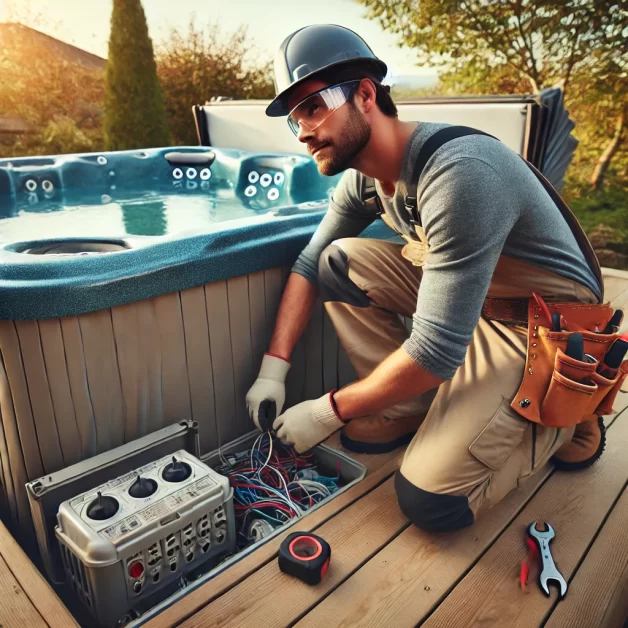
Safety First:
Wiring a hot tub involves dealing with electricity and water, a potentially dangerous combination if not handled properly. Prioritizing safety is crucial to prevent accidents and ensure the longevity of your hot Tub.
Essential Safety Tips
- Using GFCI (Ground Fault Circuit Interrupter)
- GFCI outlets and breakers are designed to shut off the power if they detect an imbalance between the incoming and outgoing current, which can prevent electrical shocks. Ensure your hot tub is connected to a GFCI-protected circuit.
- Proper Bonding and Grounding
- Bonding involves connecting all metal components to create a continuous path for electrical current, while grounding connects these components to the earth. This reduces the risk of electrical shock. Follow the manufacturer’s guidelines for proper bonding and grounding.
- Maintaining Safe Distances from Water Sources
- To prevent accidental exposure to water, keep electrical components, including outlets and switches, at a safe distance from the hot tub and any water sources.
- Using Weatherproof Equipment
- Since hot tubs are often installed outdoors, use weatherproof electrical components to protect against moisture and the elements.
- Regular Maintenance and Inspections
- Periodically inspect your hot tub’s wiring and electrical components for signs of wear, damage, or corrosion. Regular maintenance can help catch potential issues before they become serious problems.
Checklist for Safety
Before and after wiring your hot tub, use this checklist to ensure all safety measures are in place:
- Pre-Wiring Checks
- Confirm that you have the correct wire gauge and breaker size.
- Ensure the installation site is clear of water and moisture.
- Verify that all necessary permits have been obtained.
- Post-Installation Inspections
- Test the GFCI to make sure it is functioning correctly.
- Check all connections for tightness and proper placement.
- Inspect the bonding and grounding to ensure compliance with safety standards.
- Verify that all electrical components are weatherproof and protected from the elements.
Check out How Many Amps a Hot Tub Uses. A Comprehensive Guide.
DIY Hot Tub Wiring:
Taking on the task of wiring your hot Tub yourself can be rewarding, but it also comes with challenges. Many DIY enthusiasts encounter issues that can compromise the safety and functionality of their hot Tubs.
Common Issues Faced by DIY Enthusiasts
- Improper Connection Techniques
- Using the wrong type of connectors or failing to secure connections properly can lead to loose wires and electrical faults.
- Overloading Circuits
- Adding a hot tub to an existing electrical circuit without checking its capacity can overload the circuit, causing breakers to trip frequently.
- Neglecting Local Codes
- Ignoring local electrical codes can result in unsafe installations and legal issues. Each region has specific requirements for hot tub wiring that must be followed.
- Incorrect Wire Lengths
- Using too short or too long wires can create unnecessary stress on connections and lead to electrical failures.
- Failure to Test
- Skipping the testing phase after installation can leave undetected problems that might only surface later, potentially causing damage or danger.
Practical Solutions and Tips
- Using Proper Tools and Materials
- Invest in quality tools and materials specific to electrical work, such as wire strippers, multimeters, and weatherproof connectors. Ensure that all components meet the specifications required for your hot Tub.
- Step-by-Step Wiring Guide
- Follow a detailed wiring guide, often provided by the hot tub manufacturer. This typically includes diagrams and step-by-step instructions to ensure correct installation.
- Step 1: Turn off the main power supply.
- Step 2: Run the correct gauge wire from the breaker panel to the hot tub location.
- Step 3: Install the GFCI breaker in the main panel.
- Step 4: Connect the wiring to the hot tub control panel according to the manufacturer’s instructions.
- Step 5: Double-check all connections and ensure they are secure.
- Follow a detailed wiring guide, often provided by the hot tub manufacturer. This typically includes diagrams and step-by-step instructions to ensure correct installation.
- Consulting Manuals and Resources
- Refer to the hot Tub’s installation manual and local electrical codes. Many manufacturers also offer online resources and customer support to assist with DIY installations.
- When to Seek Professional Help
- If you encounter any uncertainty or complex issues during installation, it’s wise to consult a licensed electrician. This can prevent costly mistakes and ensure the installation is safe and code-compliant.
- Testing the Installation
- After completing the wiring, thoroughly test the system. Check the GFCI function, measure voltage levels, and ensure all components operate correctly before filling the hot Tub with water.
Hot Tub Wiring Estimation
Troubleshooting Wiring Issues
Even with careful planning and execution, you might encounter issues with your hot tub wiring. Identifying and fixing these problems can save you time, money, and frustration. This section will guide you through troubleshooting common wiring problems and provide solutions to address them.
Identifying Wiring Problems
- Symptoms of Wiring Issues
- Frequent Tripping of Breakers: Indicates an overload or a short circuit.
- GFCI Trips Continuously: This could indicate a ground fault or water ingress.
- Hot Tub Fails to Power On: This might be due to loose connections, faulty components, or issues with the power supply.
- Unusual Noises or Smells: Burning smells or buzzing sounds can indicate electrical problems that need immediate attention.
- Tools for Diagnosis
- Multimeter: To check voltage levels and continuity.
- Circuit Tester: For verifying the correct functioning of circuits and outlets.
- Infrared Thermometer: To detect hot spots in electrical connections.
Fixing Common Problems
- Loose Connections
- Diagnosis: Inspect all connections in the control panel and junction boxes for looseness.
- Solution: Tighten all connections securely. Ensure no wires are frayed or damaged.
- Tripped Breakers
- Diagnosis: Determine if the breaker trips due to overload or a short circuit.
- Solution: If the circuit is overloaded, reduce the load. For a short circuit, inspect the wiring for damaged insulation and repair or replace it as needed.
- Faulty GFCI
- Diagnosis: Test the GFCI outlet or breaker using the test button.
- Solution: If it fails to reset, replace the GFCI device and ensure its wiring is correct and secure.
- Water Ingress
- Diagnosis: Check for moisture in the control panel and junction boxes.
- Solution: Dry out any moisture, seal entry points to prevent future ingress, and ensure all components are weatherproof.
- Faulty Components
- Diagnosis: Isolate and test components like the heater, pump, and control board.
- Solution: Replace any faulty components. Ensure replacements are compatible with your hot tub model.
- Voltage Issues
- Diagnosis: Measure the voltage at different points in the system to identify drops or irregularities.
- Solution: Ensure the correct voltage is being supplied. Replace any faulty wiring or components that are causing voltage drops.
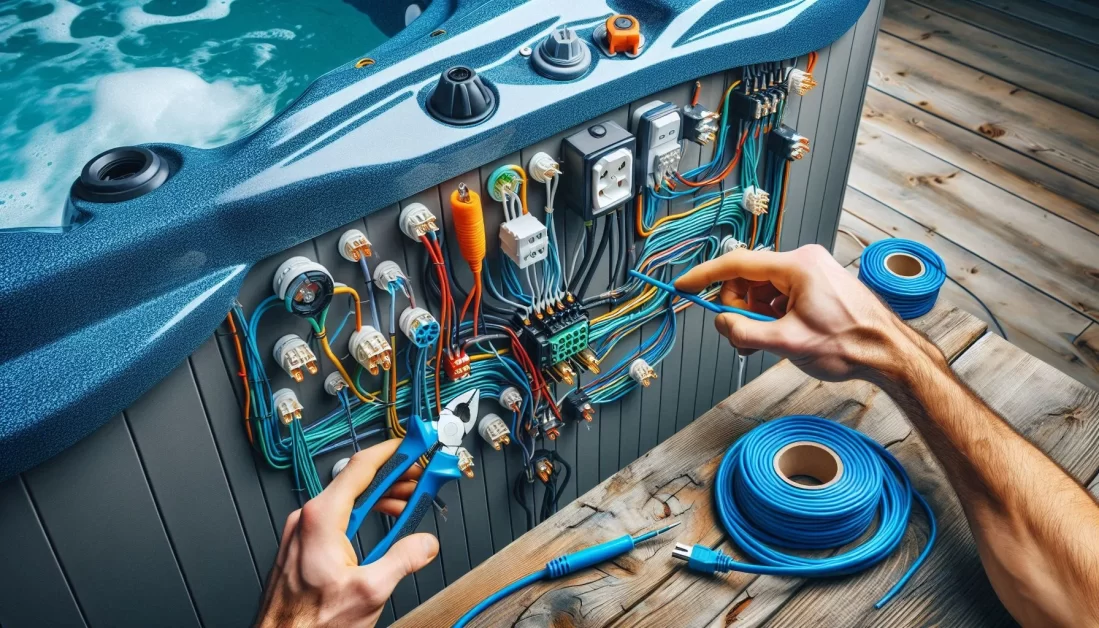
Avoiding Installation Errors
Proper hot tub installation is critical to its safe and efficient operation. Careful planning and execution during the installation process can prevent many issues.
Preparing for Installation
- Planning and Layout
- Site Selection: Choose a level, stable location with adequate drainage. Ensure the site is easily accessible for maintenance.
- Clearance and Space: Leave enough space around the hot Tub for access to the control panel and maintenance. Check the manufacturer’s recommendations for clearance.
- Electrical Supply
- Dedicated Circuit: Ensure your hot tub has a dedicated electrical circuit to prevent overload.
- Correct Wire Gauge: Verify that the wire gauge is appropriate for the hot Tub’s electrical requirements to avoid overheating and voltage drops.
- Breaker Size: Use the breaker of the correct size as the hot tub manufacturer specifies.
- Permits and Inspections
- Obtain Permits: Secure any necessary permits from local authorities before starting the installation.
- Schedule Inspections: Arrange for inspections at different stages of the installation to ensure compliance with local codes.
Step-by-Step Installation Guide
- Turn Off Power
- Safety First: Ensure the main power supply is turned off before starting any electrical work.
- Run the Wiring
- Conduit Installation: Use conduit to protect the wiring. Run the conduit from the breaker panel to the hot tub location.
- Pull the Wires: Pull the appropriate gauge wires through the conduit. Label each wire for easy identification.
- Install the GFCI Breaker
- GFCI Installation: Install a GFCI breaker in the main panel to protect against electrical shocks. Follow the manufacturer’s instructions for proper installation.
- Connect the Wiring to the Hot Tub
- Control Panel Connections: Connect the wires to the hot Tub’s control panel according to the manufacturer’s wiring diagram. Ensure all connections are secure and correctly placed.
- Secure and Protect Connections
- Weatherproofing: Use weatherproof junction boxes and connectors to protect against moisture.
- Check Bonding and Grounding: Ensure all metal parts are properly bonded and grounded to prevent electrical shocks.
- Test the System
- Power On and Test: Turn on the power and test the system. Check that the GFCI is working by pressing the test button. Verify that all functions of the hot tub operate correctly.
- Inspect for Issues: Look for any signs of malfunction or irregularities. Address any issues immediately.
Final Inspection and Testing
- Professional Inspection
- Electrician Verification: Have a licensed electrician inspect the installation to ensure it meets all safety standards and local codes.
- Fill and Test Run
- Filling the Hot Tub: Fill the hot Tub with water and perform a test run. Check the heater, pumps, and jets for proper operation.
- Monitor for Leaks: Inspect all connections and seals for any signs of leaks.
- User Safety Check
- Safety Features: Ensure all safety features, such as the cover and lock, are installed and functioning correctly.
- User Manual Review: Review the user manual for additional setup or safety instructions.
Compliance with Electrical Codes
Ensuring that your hot tub wiring complies with local electrical codes is critical for safety and legality. Non-compliance can lead to severe consequences, including electrical hazards and legal issues.
Importance of Adhering to Codes
- Legal Implications
- Avoiding Penalties: Non-compliance with electrical codes can result in fines and legal action.
- Insurance Coverage: Many insurance policies require compliance with local codes for coverage in case of accidents or damage.
- Safety Benefits
- Preventing Hazards: Electrical codes minimize fire risk, electrical shock, and other hazards.
- Ensuring Reliability: Properly installed and code-compliant wiring ensures the reliable operation of your hot Tub.
Understanding Local Codes
- Researching Local Regulations
- Contact Local Authorities: Contact your local building department or electrical inspector to learn the specific requirements for hot tub wiring in your area.
- Code Resources: For detailed guidelines, consult the National Electrical Code (NEC) or other local code publications.
- Commonly Overlooked Requirements
- GFCI Protection: Ensuring all electrical outlets near the hot tub are GFCI-protected.
- Bonding and Grounding: Proper bonding of all metal components and grounding of the electrical system.
- Wire and Breaker Sizing: Use the correct wire gauge and breaker size according to the hot Tub’s specifications.
Ensuring Compliance
- Inspection Tips
- Before Installation: Consult with a licensed electrician to review your installation plan.
- During Installation: Schedule inspections at critical points during the installation process to ensure everything is done correctly.
- Final Inspection: Have a final inspection by a local electrical inspector to certify that your installation meets all code requirements.
- Hiring a Certified Electrician
- Professional Expertise: Hiring a licensed electrician can ensure that your hot tub wiring is done correctly and complies with all codes.
- Certification and Documentation: A certified electrician can provide documentation proving that the installation meets all local regulations, which can be crucial for insurance and resale purposes.
- Documentation and Record Keeping
- Keep Records: Maintain records of all permits, inspections, and certifications related to your hot tub installation.
- Update Documentation: If any changes or repairs are made, update your records to reflect the current state of your installation.







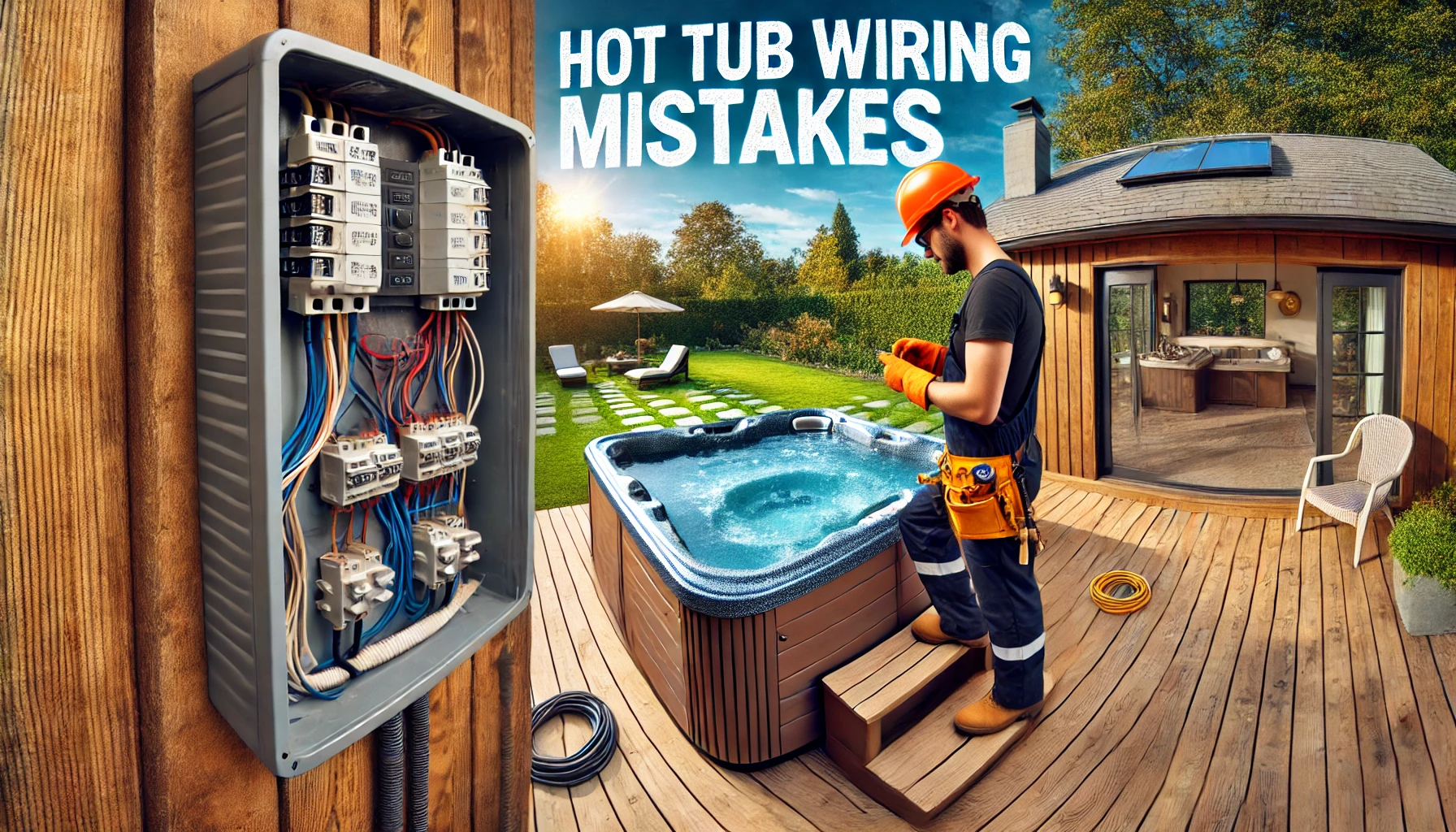
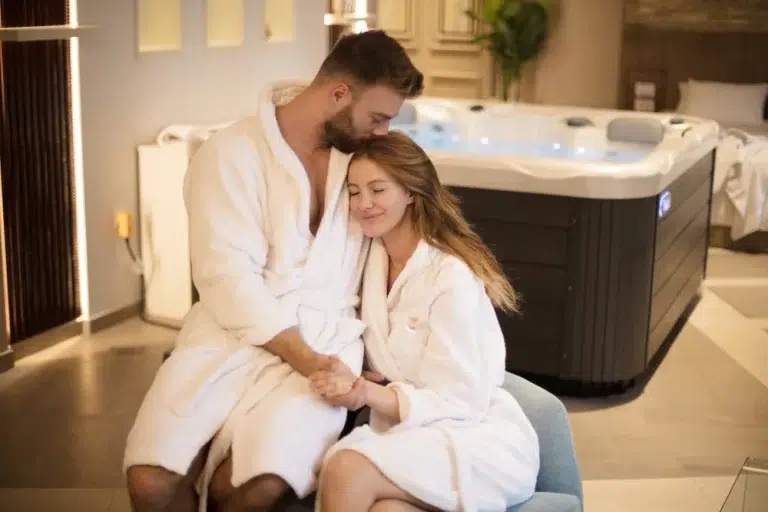

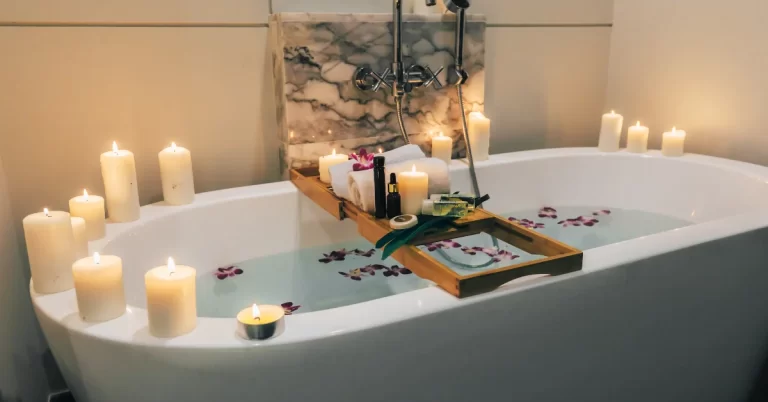
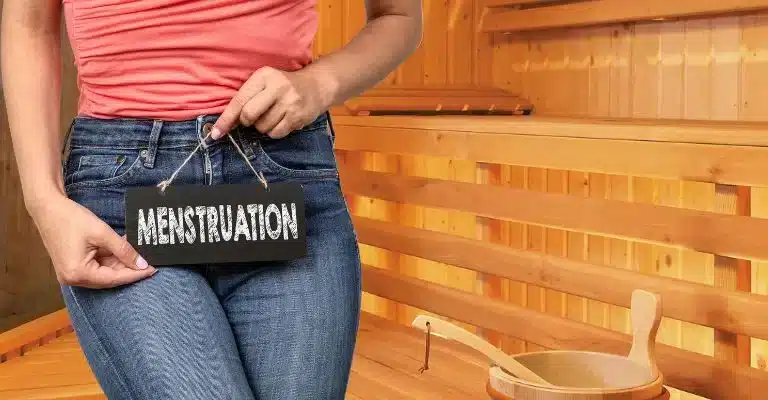

2 Comments